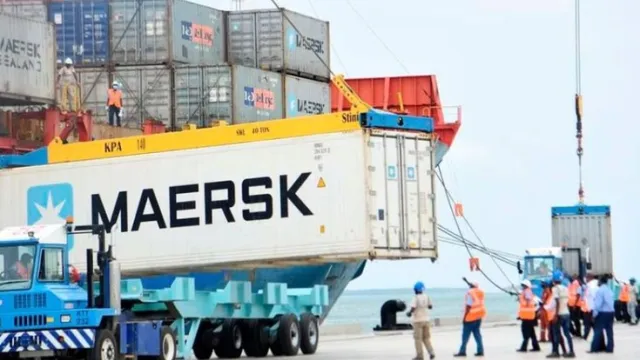Maritime Authority seeks fresh talent amid 36 percent revenue loss

Maritime Authority seeks fresh talent amid 36 percent revenue loss
Kenya Maritime Authority (KMA) revenues declined 36 percent last year on slower traffic of ships docking at the Port of Mombasa, even as the authority plans on doubling its workforce.
KMA acting director general John Omingo told the National Assembly Public Investments Committee on Commercial Affairs and Energy Chaired by Hon. David Pkosing (Pokot South), their budget dropped from Kes1.2 billion to Kes831.2 million on slower collections from reduced ship traffic.
The authority gets 99 percent of its income charging levies on ship inspections and trainings and has been operating with 111 staff members, which is half of the 242 approved establishment workforce.
KMA said they have been operating below capacity after the previous regime froze recruitment but would now be embarking on a recruitment drive to fill its vacancies after the freeze was lifted by President William Ruto’s government in October.
“The main source of revenue for the Authority is MS fee that rely on the import and export cargo. Any slight change in volumes affect the amount collectible by the Authority. Some of the Macro economic factors that affect the import and exports are beyond the Authority control,” KMA said in response to the David Pkosing led committee.
“The Government had put a freeze on employment which was lifted in October 2022. The Authority is planning to embark on a recruitment exercise to fill in the vacant positions in phases,” KMA said.
Kenya had placed an extended freeze on hiring to contain the growing wage bill which currently sustains 937,800 civil servants earning Kes790.4 billion.
Read also: Octagon Africa to offer pension services for employers who opt out of NSSF
The continued freeze on public sector has been bad news for job seekers, especially the more than one million young people who graduate from colleges and universities annually in an economic setting that is plagued by reduced hiring on the back of sluggish corporate earnings.
The number of Kenyans out of work has doubled over a decade of infrastructure-fueled economic growth and faster adoption of technology that has left East Africa’s largest economy with the highest unemployment rate in the region.
The new administration faced with 2.5 million Kenyans out of work has opted to lift the employment freeze even as President William Ruto moves to rewards political loyalist with state appointments.
It is unclear how sustainable the move will be in the face of International Monetary Fund policies that are calling for consolidation of state expenses and the struggle by the National Treasury in meeting salaries on time.
KMA told the committee its total staff costs stands at Kes403.9 million meaning recurrent costs may double as incomes are on a decline, even as it embarks on the construction of a Kes1.7 billion headquarters in Mbaraki, Mombasa.
Port revenues have decreased as the number of ships docking at the Port of Mombasa slowed down 4.5 percent to 1,561 in 2022 reflecting decreased activity in Kenya’s transport sector during the year.
The slowdown in the sector’s growth was partly on account of a decline in total cargo throughput at the Port of Mombasa by 1.9 percent to stand at 33.74 million metric tonnes in 2022.
The latest data from the Kenya National Bureau of Statistics shows that import cargo traffic went down by 2.3 percent to 26.7 million metric tonnes in the year under focus when the country’s real GDP expanded by 4.8 percent on shrinking agricultural output.



